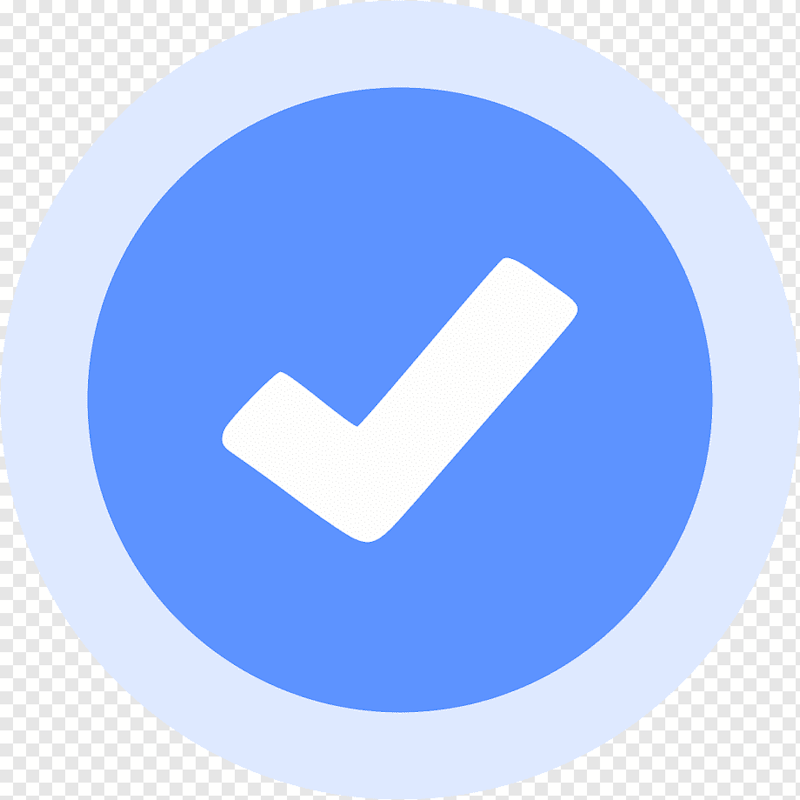I joined the blue checkmark club on Facebook almost two weeks ago—and what an experience it has been. I used the journalist verification process—which is likely easier than other forms of verification. I needed to send over some links to articles I wrote and provide Facebook with a work email address. I also updated the website I write for to include a bio and photo. My primary position is reporting on Massachusetts politics for NewBostonPost, so I was able to show Facebook that I report on news that occurs in the state—and sometimes even break news. That’s especially true when it comes to campaign finance data, and undercovered congressional races.
I assume it’s tougher as an actor or musician or athlete to justify notoriety. I’m 23, don’t have a college degree, a big following or any accolades, but somehow still got it. Here’s the catch: I got my personal Facebook account verified, not a page. A lot of people have a page where they post links and post thoughts on current events. But I don’t have a professional Facebook page. They verified Tom Joyce the person on Facebook. The one that has fewer than 150 friends on the site and might make a status about football now and then or post a picture with someone, whether it’s a friend, former Boston Red Sox middle reliever, an appearance in the background of TV news with some overly dramatic caption to make fun of people who take themselves too seriously online.
So what benefits are there to having your personal profile verified that you don’t use to promote work? I suppose it would make it easier to have a verified page account if I wanted to have one, but I don’t know if I want one. It has resulted in a couple of conversations from people asking me about the blue checkmark, so I guess that’s something.
However, the biggest difference I’ve noticed is an uptick in unsolicited friend requests. As of Saturday, I had 12 pending friend requests—about one random person per day. Before verification, that was three, some dating back to last year. A lot of the accounts look like spam. One was a clearly fake account of Jim Craig, the 1980 Olympic gold medalist. A few others say they’re from Africa, including at least one from Nigeria. And unfortunately, verification doesn’t change one of my biggest problems with Facebook: the atrocious search function. Say I wanted to see who shared an article of mine in public posts, if I cut and paste the link, it might not even show the Facebook page on which I posted the link in the search results.
A few years back, there could’ve been one upside for some, but not me: Tinder verification. I don’t use the site, nor do I think it’s particularly good for society, but it used to be that if you had a verified Facebook account, it made it much easier to get a verified Tinder account. That’s because Tinder uses people’s Facebook accounts for some data, and lets people pick photos from their account (and their phone) to put up. You could have a blue checkmark as people swiped past you. I’ve heard from people that they’d see pro women’s hockey players and maybe a singer here and there a few years back who would have the blue checkmark. So for a dude, it would add some prestige, I suppose. However, now a blue checkmark on Tinder just means someone isn’t a catfish, so they lost their value.
One tangible benefit is it’s harder to make a fake account of me. However, you’d have to be pretty pathetic to waste time doing that.

